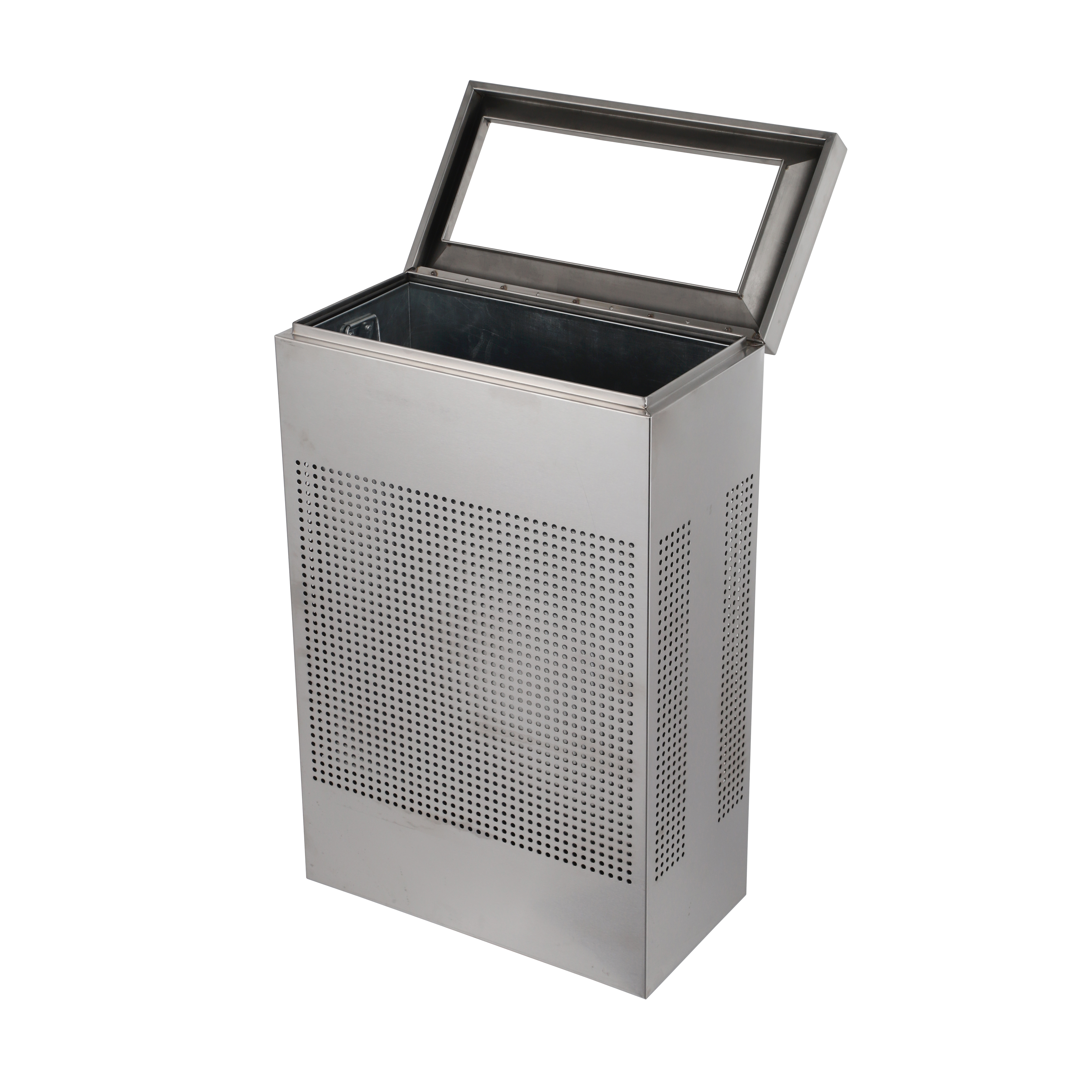Guangdong Shining Hotel Articles Co.,Ltd.
One of the large-scaled professional manufacturers
specialized in the hotel suppliers in China.
- All
- Product Name
- Product Keyword
- Product Model
- Product Summary
- Product Description
- Multi Field Search
Views: 0 Author: Site Editor Publish Time: 2024-03-07 Origin: Site









Airport hygiene has always been a crucial aspect of ensuring a safe and comfortable experience for travelers. With millions of people passing through airports daily, maintaining cleanliness can be a daunting task. However, choosing the right bin for travelers' trash can significantly impact the overall hygiene of an airport. This aspect of airport management is not only about keeping the premises clean but also about preventing the spread of diseases, especially in the post-pandemic world.
The significance of airport hygiene has been further highlighted by recent global health crises. Airports are potential hotspots for the transmission of viruses and bacteria, making it imperative to implement effective waste management strategies. The right trash can plays a pivotal role in this scenario, offering a convenient and hygienic way for travelers to dispose of their garbage.
Moreover, improved airport hygiene through proper trash disposal also enhances passengers' travel experience, contributing to their overall satisfaction and perception of airport services. Hence, understanding the importance of selecting the appropriate bins is essential for airport authorities committed to providing a clean, safe, and pleasant environment for all travelers.
When it comes to choosing the right bin for an airport's needs, several criteria must be considered to ensure efficiency, durability, and user-friendliness. The selection process involves assessing different types of bins based on their capacity, material, design, and additional features like odor control and ease of cleaning.
Capacity is a critical factor since airports experience high traffic volumes. The chosen bins must be large enough to accommodate the waste generated without requiring frequent emptying. Material choice is equally important; bins made from durable materials like stainless steel or heavy-duty plastic can withstand constant use and harsh cleaning agents.
The design of trash cans should not only complement the airport's aesthetic but also promote ease of use. Bins with wide openings and clear signage encourage proper waste disposal among travelers. Furthermore, features like foot pedals for hands-free operation and sealed lids can help contain odors and prevent the spread of germs.
Additionally, considering environmentally friendly options such as recycling stations can significantly contribute to sustainable waste management practices within airports. By offering separate bins for recyclable materials, airports can reduce their environmental impact while promoting green habits among travelers.
Choosing the right trash can is just one part of maintaining airport hygiene; implementing effective waste management practices is equally crucial. This involves regular cleaning schedules, strategic placement of bins throughout the airport premises, and ongoing monitoring to address any issues promptly.
Regular cleaning ensures that bins are emptied before they overflow and are sanitized to prevent odor buildup and bacterial growth. Strategically placing trash cans at high-traffic areas such as entrance halls, food courts, and near restrooms makes it convenient for travelers to dispose of their waste properly.
Ongoing monitoring allows airport authorities to identify any shortcomings in their current waste management system. This could involve adjusting bin placements based on observed patterns or increasing bin numbers during peak travel seasons to accommodate higher waste volumes.
The future of airport hygiene lies in embracing technological advancements and innovative solutions in waste management. Smart bins equipped with sensors that notify maintenance staff when they're full are becoming increasingly popular in modern airports. These bins optimize emptying schedules and prevent overflow issues.
Another innovation is the integration of compactors within trash cans, which automatically compress waste, significantly increasing bin capacity and reducing the frequency of emptying required. Additionally, some airports have begun experimenting with bins designed to convert organic waste into compost on-site, showcasing a commitment to sustainability.
In conclusion, choosing the right bin for travelers' trash can plays a significant role in maintaining airport hygiene and ensuring a pleasant travel experience. By carefully selecting bins based on criteria such as capacity, material, design, and additional features—and implementing effective waste management practices—airports can create cleaner, safer environments for all travelers while advancing towards more sustainable operations.